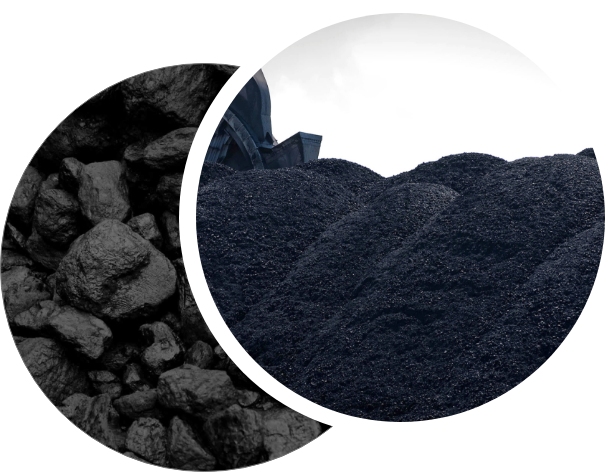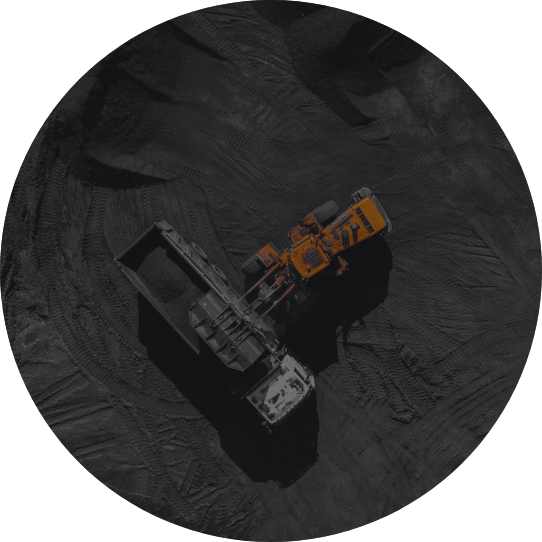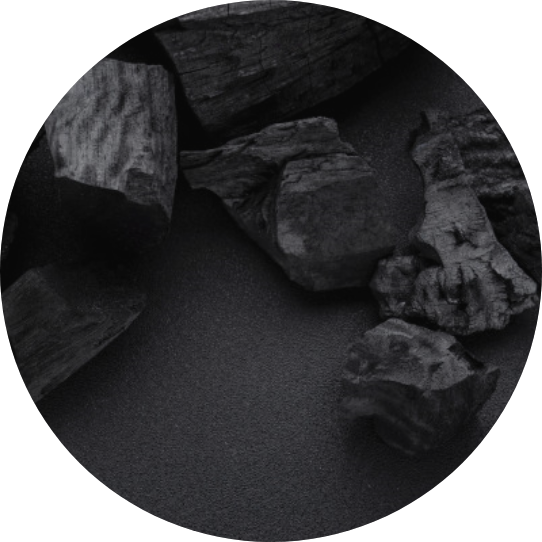Services
We deiver different types of coal (D, T, SS, G, Gzh, K, etc) and anthracite to the countries of the Middle East, Eastern Europe and Turkey. An experienced team in trading and management allows us to respond to all needs of our customers satisfying their demands regarding quality, cost, transportation conditions and other important requirements. We also provide full range of after sales support to our customers.

.png)

.png)


